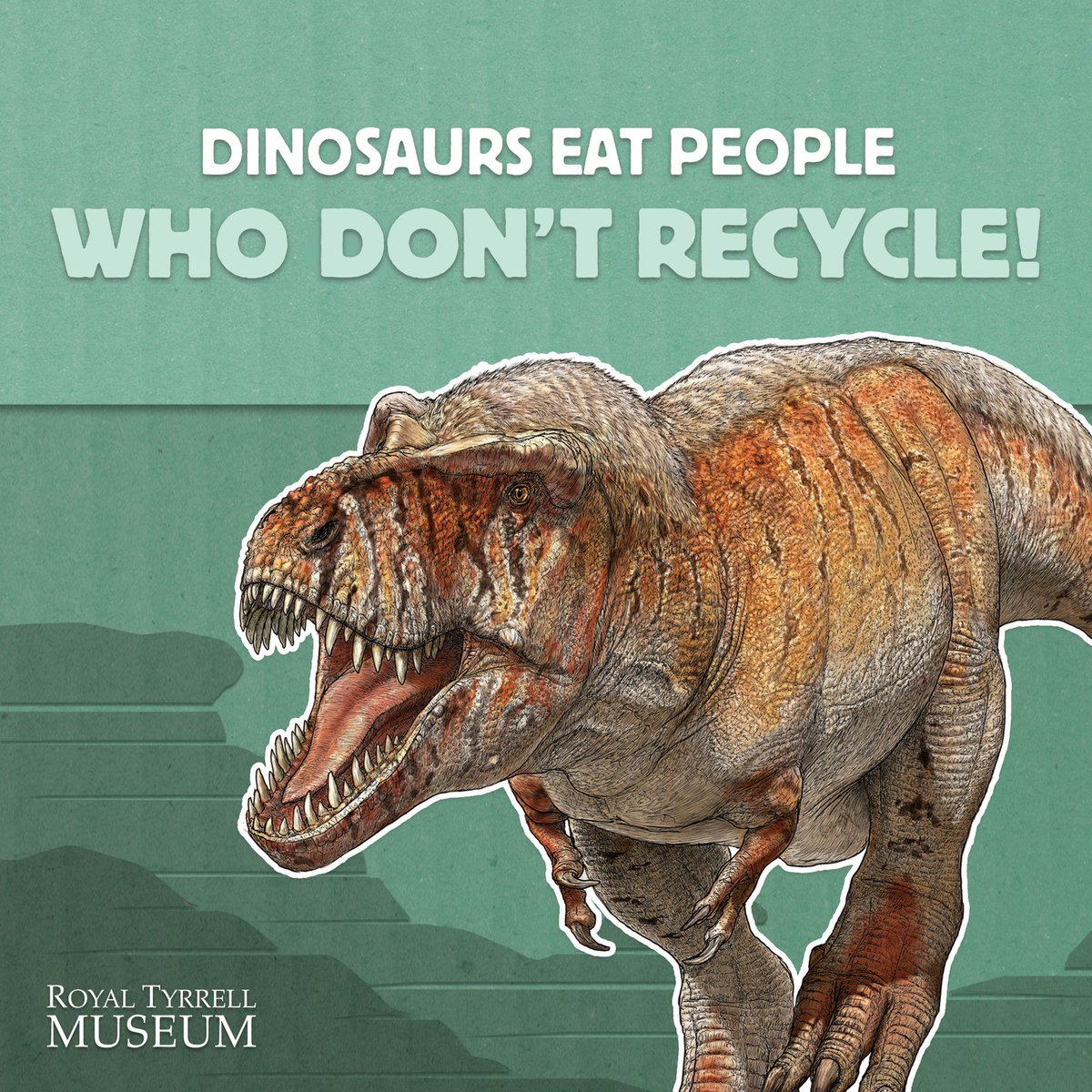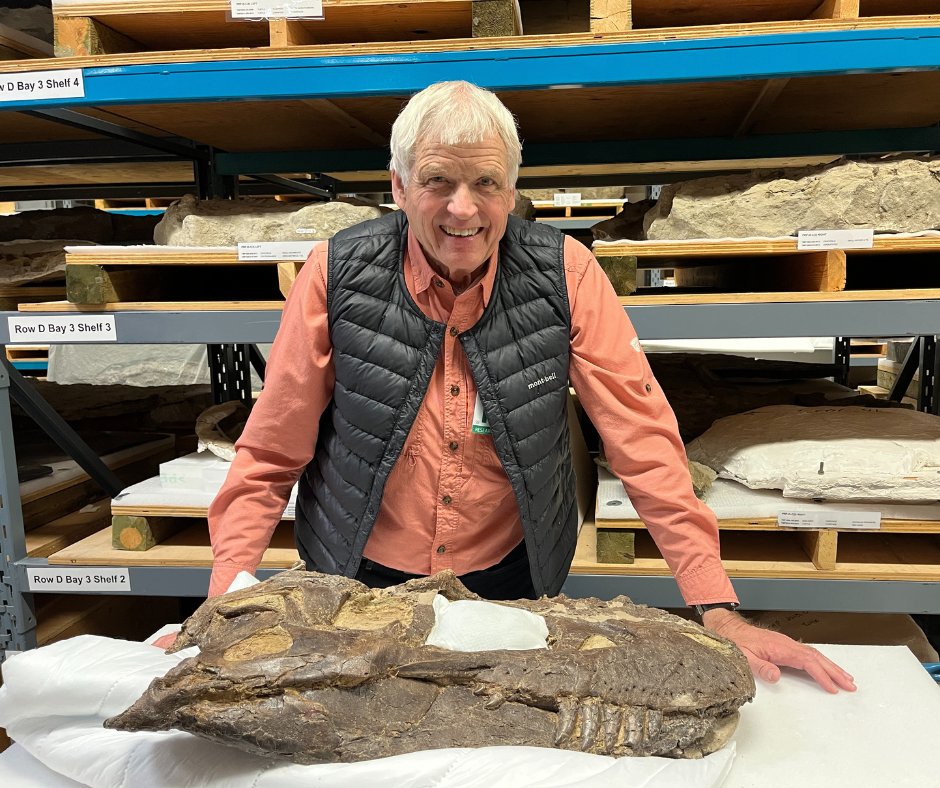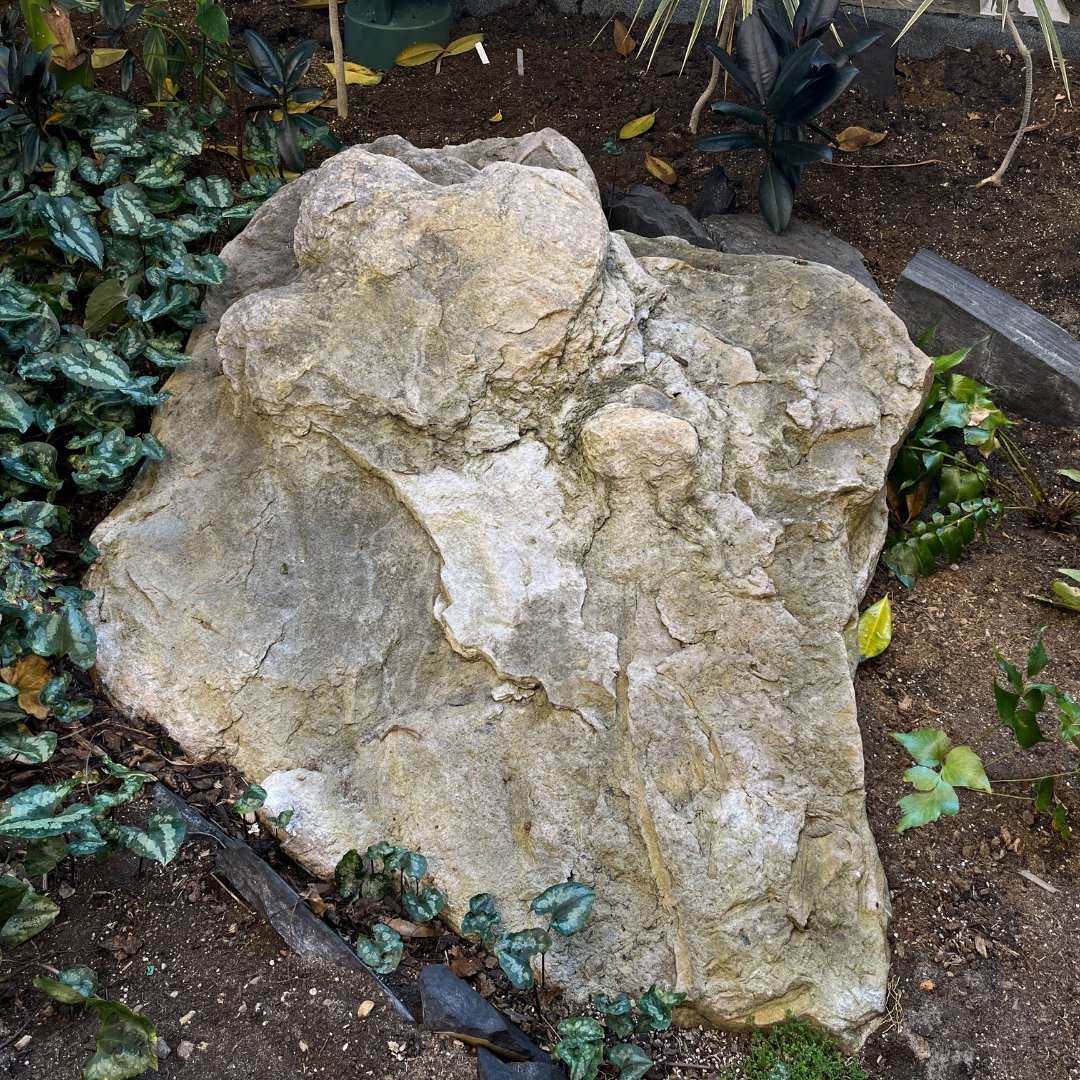
This week’s #RTMPFossilChallenge is 1.3 billion years old! Can you name this fossil? Hint: It’ll be on display in our newly renovated First Life exhibit opening May 17. #FossilFriday


We’re ready for Travel Drumheller's Jurassic Jamboree this weekend – are you? Help Drumheller break the world record for Largest Gathering of People Dressed as Dinosaurs by wearing your dinosaur costume downtown on April 27. Learn more: traveldrumheller.com/events/world-r…
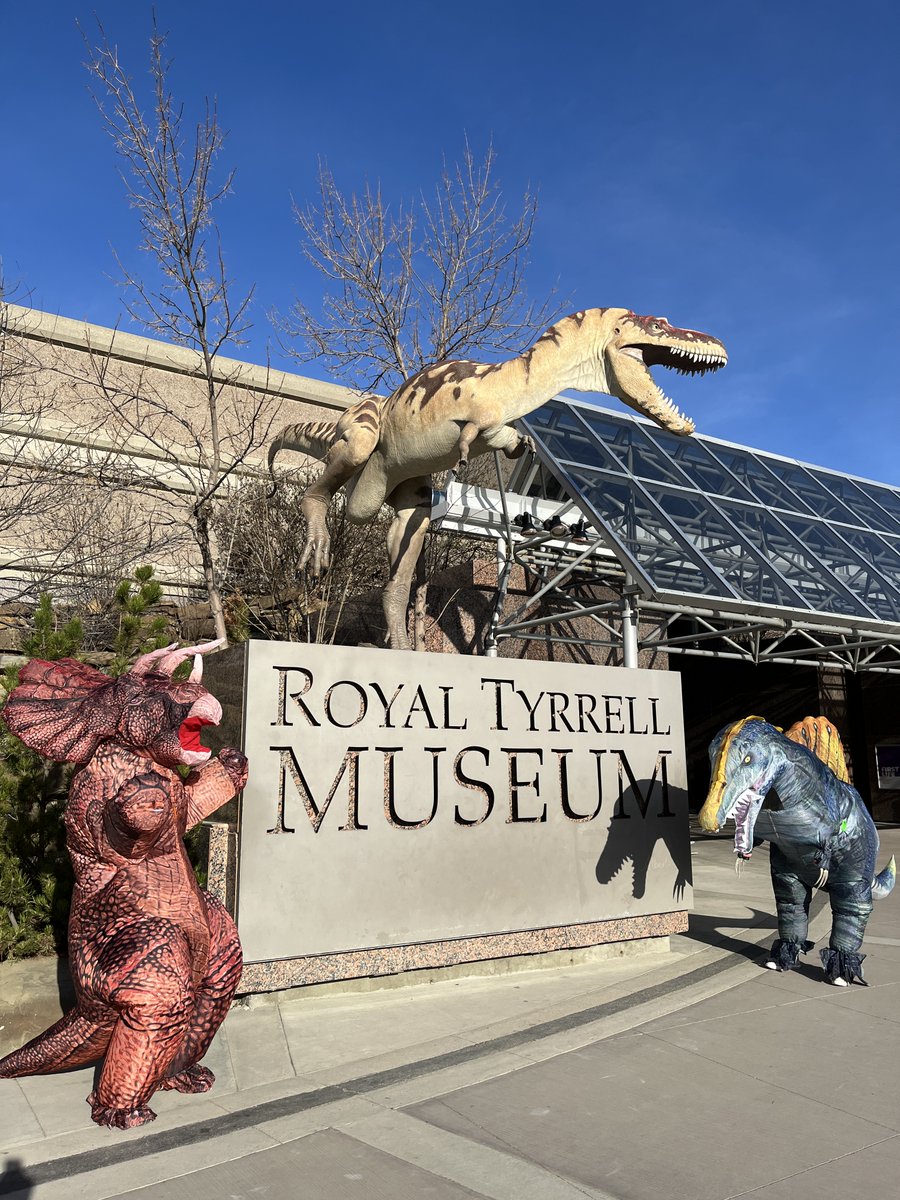



Royal Tyrrell Museum of Palaeontology Travel Drumheller Ayo, that's the 'Primal Carnage' Spinosaurus !!!!! 👀🔥


Royal Tyrrell Museum of Palaeontology Stromatolite? In Minnesota, we have a very nice formation that produces what is locally known as Maryellen Jasper.


Happy #FossilFriday ! Caleb M. Brown visited the #MOR #paleontology collections from Royal Tyrrell Museum of Palaeontology in Drumheller Alberta. Brown is taking a close look at the horns of #dinosaurs like this #Triceratops ( #MOR 1604) from the #Cretaceous Hell Creek Formation (~ 66 mya) of #Montana .



🟣 Aquatic Aliens 🟣
Watch as Senior Graphic Designer Mary Sanche explains some design choices behind our new #FirstLife exhibit opening next month.
#newexhibit #museum #museum design #moodboard #designprocess


🌷 This creature is known as a tulip animal 🟣
Siphusauctum gregarium is one of 40 fossils on long-term loan from the Royal Ontario Museum (Royal Ontario Museum) to help tell the story of early life in our new “First Life” exhibit, opening May 17. #FossilFriday


This unique tulip-shaped animal likely attached itself to the ocean floor like modern sea anemone. It lived 500 million years ago during the Cambrian Period. Scientists believe it fed by filtering particles from water with its calyx (the top of the organism). #FossilFriday
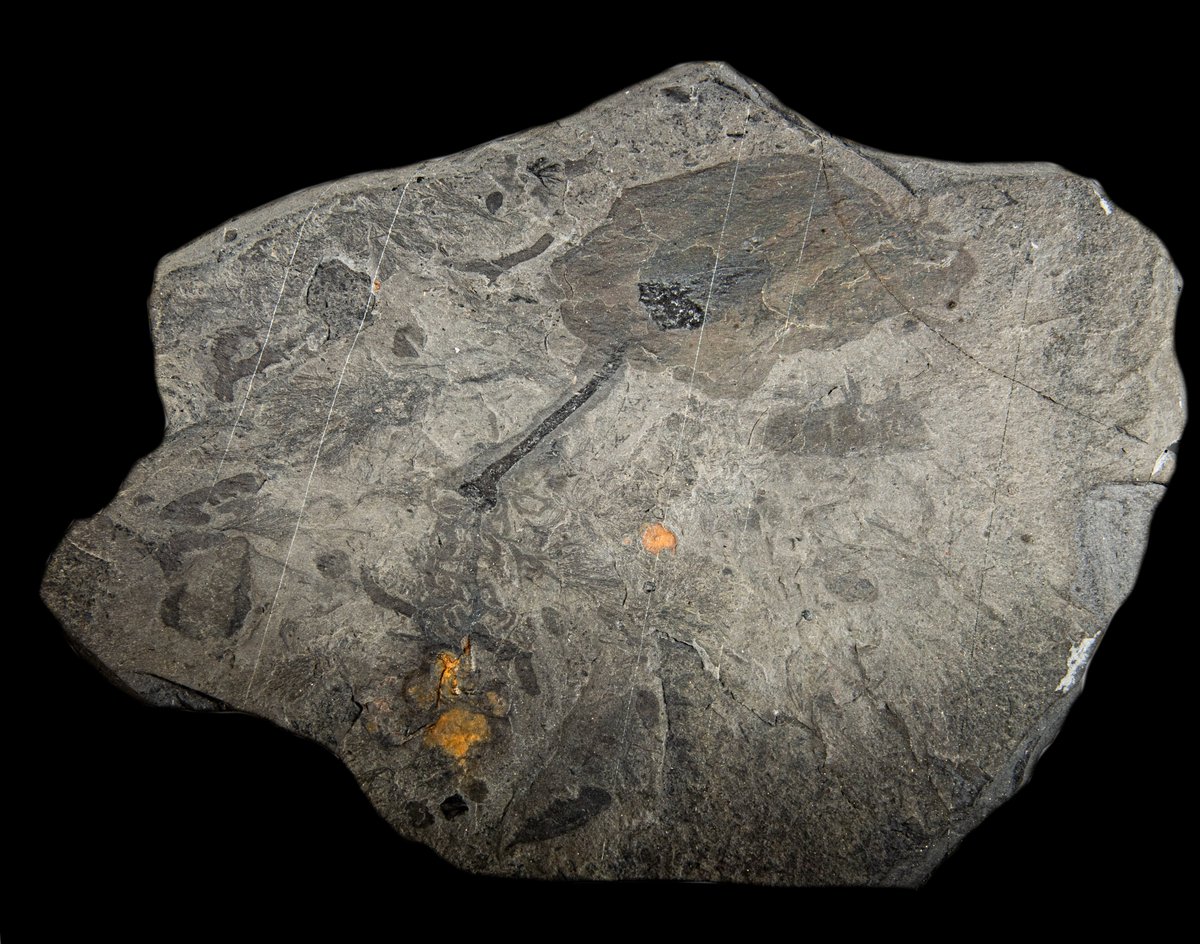

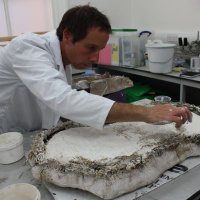
BDF JJL Royal Tyrrell Museum of Palaeontology Dr Femke Holwerda Excellent Jeff, brace yourself for questions 😁

Royal Tyrrell Museum of Palaeontology did dinosaurs have baby teeth like we do? My son asked me this today, I don't have a clue!
#kidsasksomeamazingquestions

Royal Tyrrell Museum of Palaeontology I’m amazed there’s no reference to this in the museum… to my knowledge. Would drive a lot of tourism I bet.

